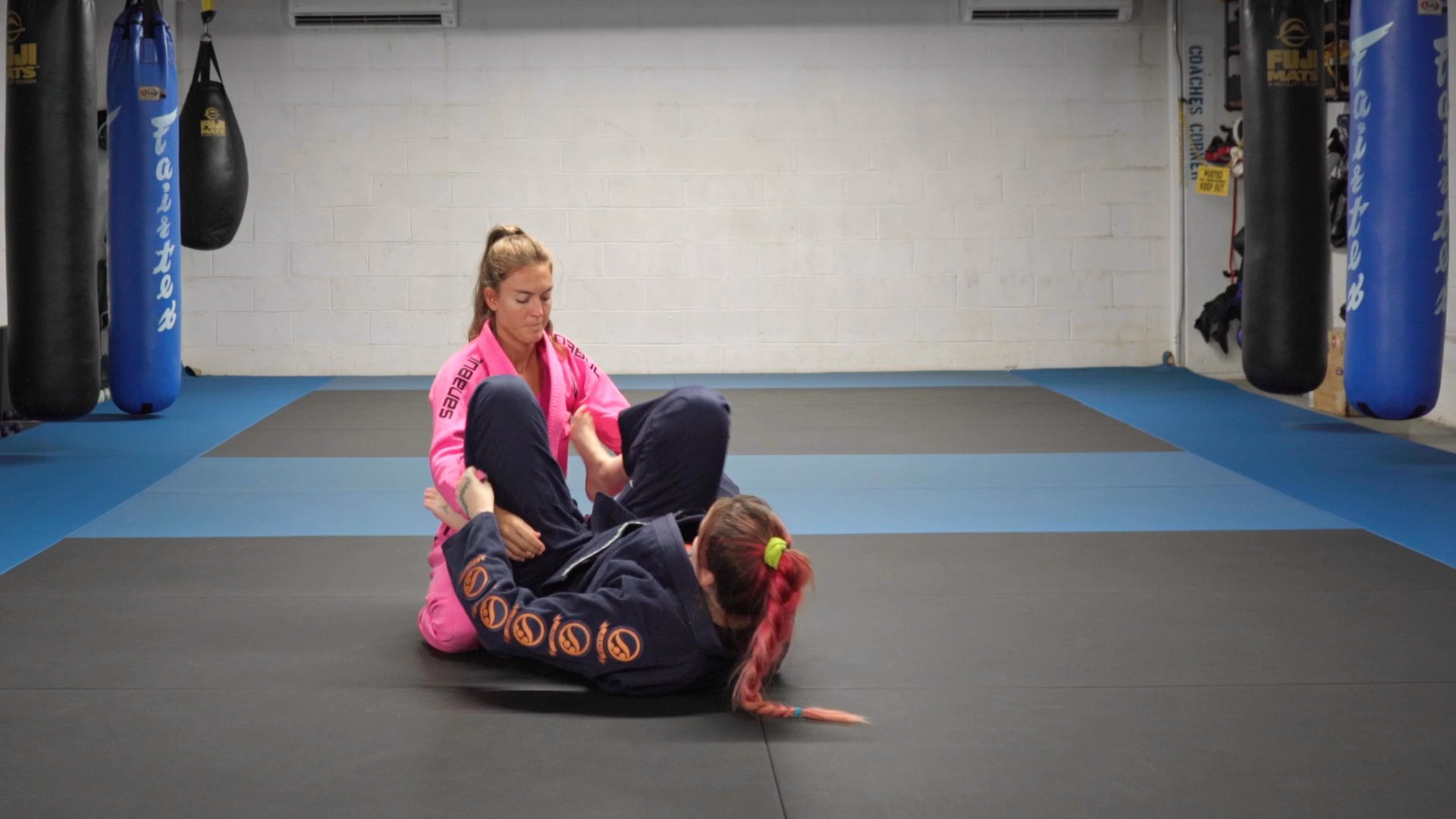Chapter 6: How I Structured My Submission Sequences
Part of the course: The Art of the Gameplan by Dominyka Obelenyte

Part of the course: The Art of the Gameplan by Dominyka Obelenyte

Already have access? Log in
About this video
Structuring submission sequences is crucial for a well-rounded gameplan. It's essential to have a submission option from each position you find yourself in during a match. This approach ensures that you're always a threat to your opponent, regardless of where the fight goes.
From the closed guard, posture breaks are the key to setting up submissions like the omoplata and triangle choke. These techniques are particularly effective if you have long legs, which can be used to control your opponent and apply submissions using your body weight.
In the lasso guard, the goal is to break down your opponent's posture to hunt for the omoplata. Similarly, in the spider guard, you use the length of your legs to create space and lower your opponent's upper body towards you, setting up the omoplata or triangle choke. The triangle choke is especially viable when the opponent's head is down and they are not focused on your legs.
De La Riva guard, however, is not typically used for hunting submissions in this gameplan. It's more focused on sweeping and controlling the legs to achieve a dominant top position without disentangling the legs for submission attempts.
From the top position, north-south is a preferred safety zone where the submission sequence begins with a Kimura attempt. If the Kimura is defended, transitioning to a bolt cutter or a bow and arrow choke is the next step. The bow and arrow choke becomes particularly accessible when the opponent turns away from the bolt cutter attack, allowing for a back take and the choke setup.
Overall, the submission sequence strategy involves using posture breaks to set up omoplatas and triangles from various guards, while from top positions, it relies on transitioning between submissions like the Kimura, bolt cutter, and bow and arrow choke based on the opponent's reactions and defenses.

































